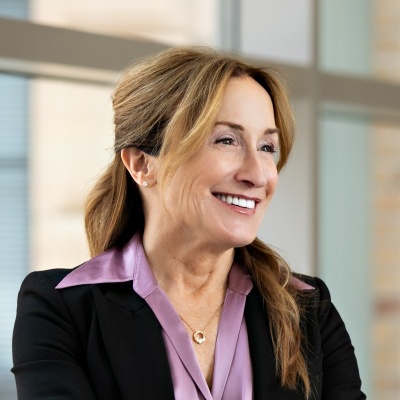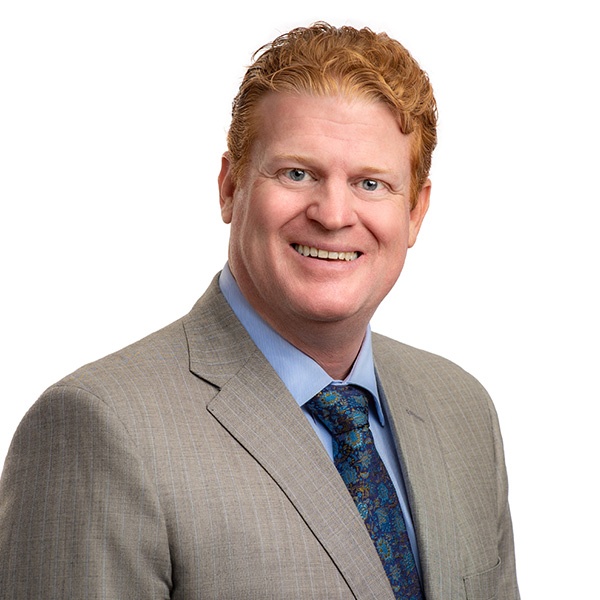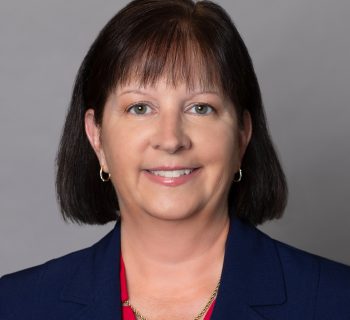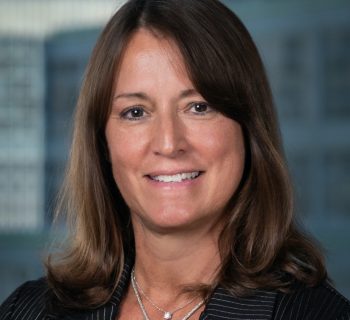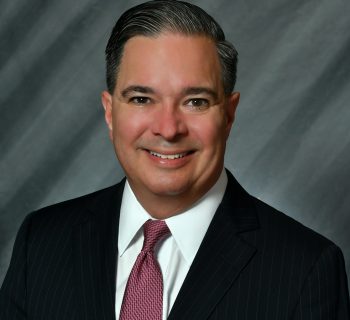A legal professional mental health series by Senior Fellow Don Blackwell of Bowman and Brooke, LLP, in Orlando, Florida

I don’t have many childhood memories and most of the ones I do have aren’t terribly fond. But, those that are include lazy summer Saturday afternoons spent at Fenway Park in the mid-1960’s with my dad. We were living in Framingham at the time and my dad was a diehard Red Sox fan. I’ll never forget walking into that stadium for the first time after all I’d heard and read about it and all the hours I’d spent watching Sox games on our small black and white television. I remember feeling like I was entering a shrine and being overwhelmed by the sights, sounds, and smells that are unique to one of the most iconic and hallowed venues in all of sports. I remember watching the likes of Lonborg, Petrocelli, Smith, and Conigliaro. But, most of all, I remember coming face-to-face with the famed Green Monster and my childhood idol, Carl Yastrzemski (Yaz). Like the Red Sox Hall of Famer that preceded him in left field (Ted Williams), Yaz had long since mastered the art of deftly playing balls that routinely caromed off its 37 foot high façade, a skill that always seemed to elude visiting left-fielders. Time and time again, hitters rocketed balls into the Monster certain of a double only to watch Yaz field the ricochet cleanly and either throw them out at second base or hold them to a single. To me, it was like watching a highly-skilled artist or musician ply their trade.
What most don’t realize, however, and I certainly didn’t as a child, is that, because, as originally constructed (in 1933), the upper portion of the Green Monster was comprised of a wood frame covered in tin – and later (in 1976) with hard plastic – each of those hits left a mark – a dent – on the wall. Actually, they’re impossible to see from a distance (as evidenced by the photograph above). But, if you’re privileged to be afforded a closer look and you catch the light at just the right angle (as the gifted photographer below was and did), you can plainly see them – thousands of them. In fact, in August 2014, the Boston Globe estimated that there were a total of 211,044 dents, based on a hand-count that it commissioned of 33 of the 116 panels that make up the wall, while a high-tech, algorithm-based estimate performed at the same time counted a total of 164,630. Whatever the number, it’s huge and it’s growing larger by the day. Some of the dents, the ones left by especially violent collisions between ball and wall, are deep, while others, likely by-products of more glancing blows, are shallow – some almost imperceptible. But all are permanently and immutably etched in the wall’s Dartmouth green façade and each one has a unique story to tell.
I thought about Fenway Park, the Green Monster – and that little boy seated in Loge Box, Row FF, Seat 5 – the other day on a walk. I’m not entirely sure what prompted it. Maybe it was the smell of freshly mown grass on a beautiful Saturday morning. Maybe it was the soft breeze left behind by a passing storm. Maybe it was Summer coming to an end. Maybe it was just part of what, of late, is my seemingly insatiable desire to try and put all of the pieces – my pieces – together in a way that makes sense. Or maybe it was the somber realization that, six decades later, the too sensitive, too trusting, too-often-exposed heart of that little boy – the one whose needs were (and still are) so simple, so fundamental – has come to resemble that Wall. The recognition that every angry, critical, hurtful, judgmental, and careless word; every vacuous, drive-by hug; every teardrop shed uncaught; every overture of love left unrequited; every act of indifference, insensitivity, rebellion, and abandonment; every moment spent unnoticed, unappreciated, and unpursued; and every turning and running away; had left their mark – a mark that, in the case of my heart, no amount of “I didn’t mean to’s” or “I’m sorry’s”, however warranted or sincere, could ever fully erase.
The thing is: It’s your heart too. It’s all of our hearts. It’s our collective heart. It’s time. Time to be a little (okay, a lot) more conscious of and sensitive to that reality before we speak and act. Time to realize that, while some hurt is unavoidable, an inevitable by-product of what it means to be fully human, fully alive, and fully engaged, much of it is – and there’s simply no more room for that kind of hurt. Time to acknowledge that the walls of our collective heart are saturated with it. Time to dial it back, to check mean-spiritedness at the door – all the doors (e.g., our homes, our offices, our churches, our playgrounds, our virtual portals, etc.) – and leave it there. It’s time to stop hurting and start healing. It’s time we gave a second or, in some cases, a first thought to the impact we – our words and our actions – are having on our own heart, the hearts of others (family, friends, and strangers alike), and our collective heart. It’s time we ask ourselves if we and they are adding to the hurt – putting another dent in the wall – or contributing to healing. Because it’s one or the other. There is no “middle ground” in the park where we’re playing – and there’s no Yaz. There’s just you, me, the ball and the Wall.
*Image credit (Dents in the Wall) Strongylos Photos (2014)
 Donald A. Blackwell has been a trial attorney for nearly 40 years. He currently is Of Counsel to Bowman and Brooke, LLP, where he devotes the majority of his practice to defending product manufacturers and distributors in complex product liability cases in state, federal, and appellate courts across the country. More recently, Don has spearheaded a campaign aimed at shining a light on the myriad of mental health issues disproportionately impacting the legal profession and the corresponding need for a higher level of Compassionate Professionalism among its members.
Donald A. Blackwell has been a trial attorney for nearly 40 years. He currently is Of Counsel to Bowman and Brooke, LLP, where he devotes the majority of his practice to defending product manufacturers and distributors in complex product liability cases in state, federal, and appellate courts across the country. More recently, Don has spearheaded a campaign aimed at shining a light on the myriad of mental health issues disproportionately impacting the legal profession and the corresponding need for a higher level of Compassionate Professionalism among its members.
Don also dedicates a significant amount of his energies to supporting and advocating for individuals and families affected by eating disorders. He has authored multiple works on the subject and is frequently called upon to speak at local, regional and national eating disorder conferences and webinars. In 2020, Don organized and hosted the “Legacy of Hope Summit” - a first of its kind symposium attended by 25 of the country’s most highly-respected experts in the eating disorders field aimed at arriving at a blueprint for the path forward in the care and treatment of those diseases.
Don has been an LCA Fellow for the past 10 years and was a 2014 recipient of the LCA's Peter Perlman Service Award.


